The longest detection distance radar,Fuyan,is being built in Chongqing
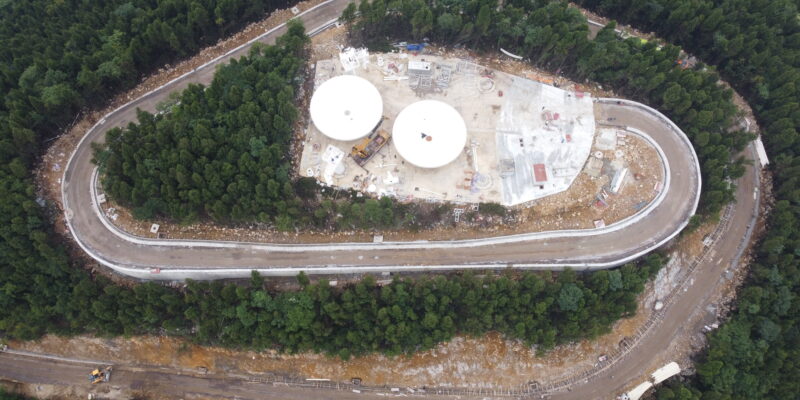
A project, named China Fuyan ( or “compound eye” ), led by the Beijing Institute of Technology has begun constructing an array of more than 20 large radar antennas to track asteroids that have the potential to be hazardous to Earth.The array aims to bounce signals off asteroids within 93 million miles ( 150 million kilometers ) of Earth ( about as distant as the sun ) to image and track objects and determine the possibility that they could impact our planet.

Fuyan Radar project concept diagram
So far, two antennas have been constructed at a site in Chongqing, in southern China. The pair is expected to be tested and become operational by September, according to the Chinese-language outlet Science and Technology Daily, which first reported the development. The finished system will include more than 20 radar antennas, each with a diameter of 25 to 30 meters.
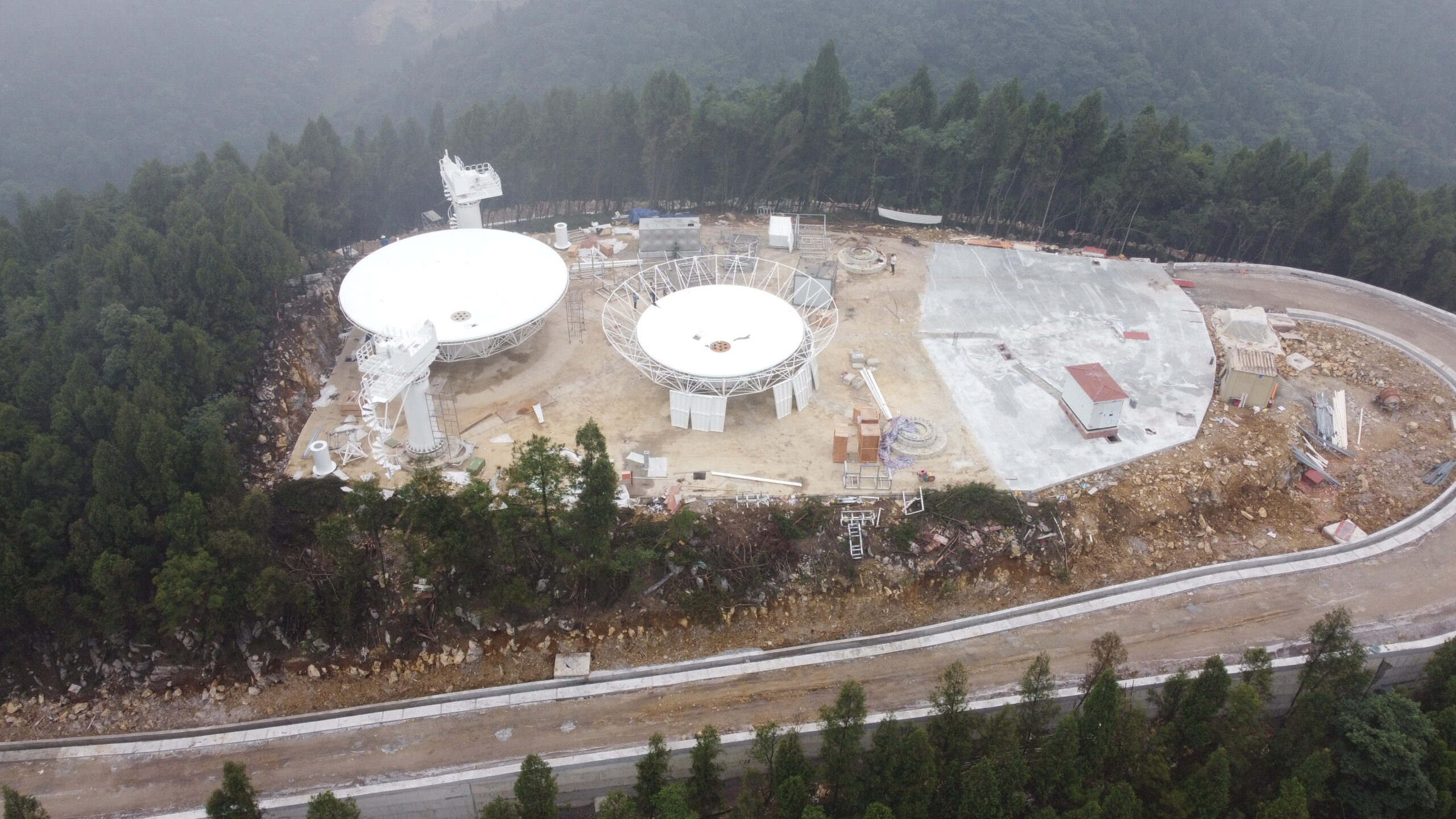
Fuyan is being built in Chongqing
When these antennas work together, they are expected to provide high-definition observations of asteroids within 150 million kilometers, said Long Teng, president of Beijing Institute of Technology. And the project will meet China’s requirements for near-Earth defense and space awareness capabilities, as well as cutting-edge research on asteroid formation processes. The system could also be applicable to tracking satellites and debris in Earth orbit.
The Beijing Institute of Technology Chongqing innovation center, China’s National Astronomical Observatories under the China Academy of Sciences, Tsinghua University and Peking University will also join the Fuyan construction process, which will become the world’s most far-reaching radar system.
Previously China had another feat – the construction of the FAST radio astronomical telescope. But the Fuyan is different from the FAST, which is a radio astronomy telescope that mainly receives signals from stars, but does not emit electromagnetic waves itself. The Fuyan is a distributed radar, which can emit its own electromagnetic waves to detect asteroids, and can receive the echoes of its own emitted electromagnetic waves. Academician Long Teng tells us that “because asteroids themselves do not emit electromagnetic waves, they cannot be seen with radio astronomy telescopes and must actively emit electromagnetic waves in order to see them.”
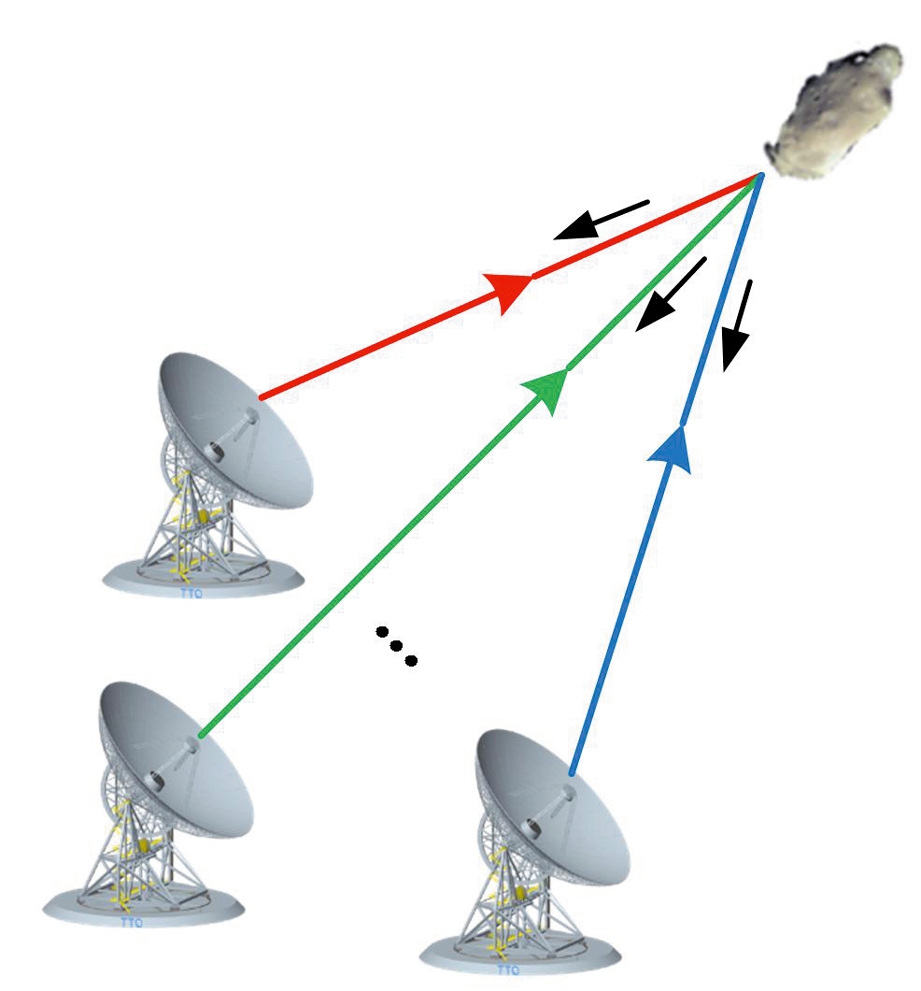
Distributed radar working schematic
The Fuyan program comes following China’s announcement in April of plans to build a near-Earth asteroid monitoring and defense system to deal with the threat of asteroids impacting spacecraft, and contribute to protecting the safety of the Earth and the human race. A ground-based and space-based monitoring and warning system for asteroids will be set up to catalog and analyze asteroids that potentially pose a threat to human space activities. Technology and engineering will be developed to dispel these threats.
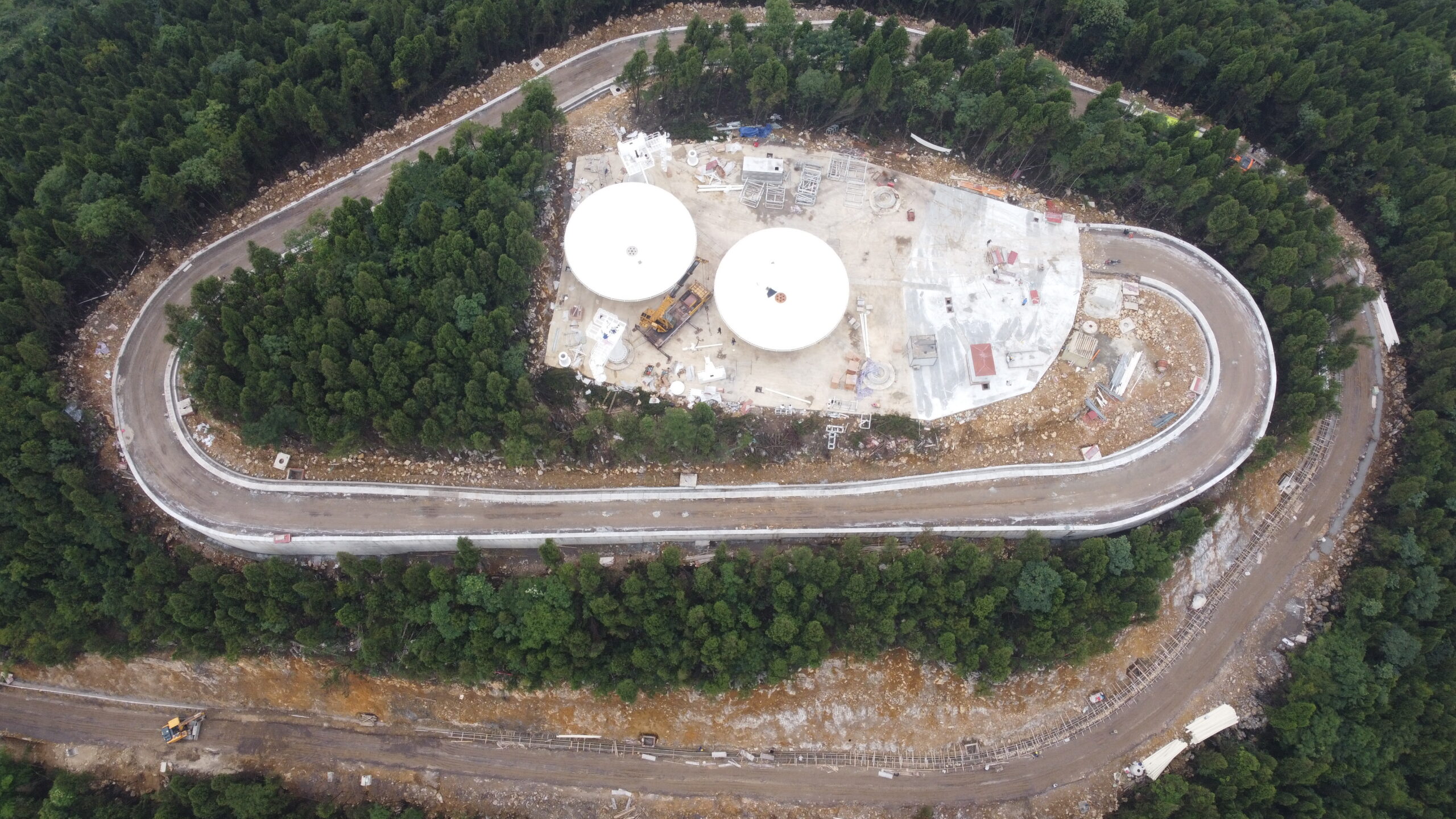
Aerial view of the Fuyan
According to Long, the new radar facility in Chongqing will also support China’s exploration of the moon, including finding a suitable landing site for the Tianqian 2 mission. The program will be carried out in three phases. Four 16-meter-diameter radars will be built to verify the feasibility of the compound eye system and to enable three-dimensional image rendering of the moon.
Currently, two of the four radars have been constructed in Chongqing, and they are expected to become operational by September this year.
“This deep space radar system will certainly cover the full range of the Earth-Moon system, since the Moon is only about 400,000 kilometers away from Earth. And this will mean that the system will be able to monitor the journeys of Chinese spacecraft and spacecraft to the Moon, which will be of great help to China’s lunar exploration”, Wang Yanan, the editor-in-chief of Space Knowledge magazine, said.
The system’s high-definition active observation capability which stretches to a 150 million kilometers would be extremely valuable for us to learn about details of near-Earth asteroids and the more we know about it in terms of size, shape and flight information, the better can we defend or intervene its impact, Wang noted.
With many breakthroughs in Chinese space technology, including successful exploration of the Moon and deep space on Mars, and rapid development in the field of manned space programs. Backed by many advanced technologies, China is playing an increasingly important role in the global cause of defending against near-Earth asteroids.

Asteroid impact on Earth simulation
Reference:
[1]China Fuyan


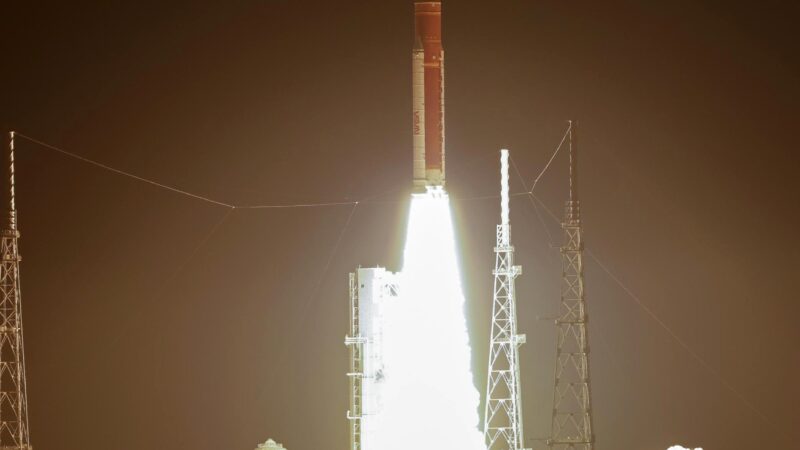
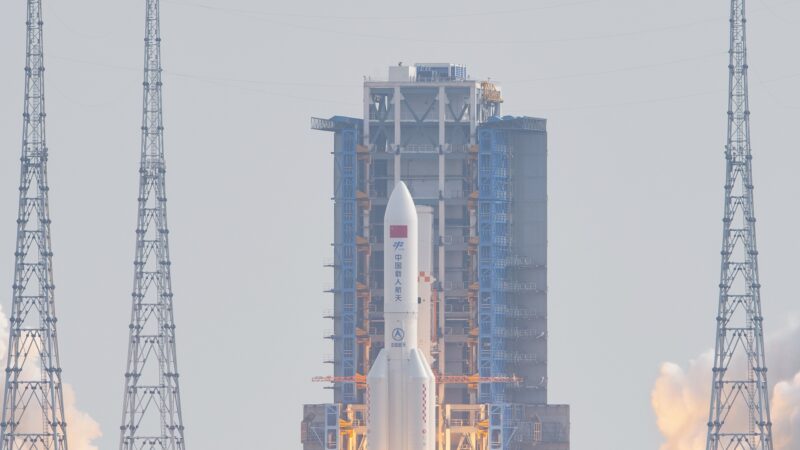
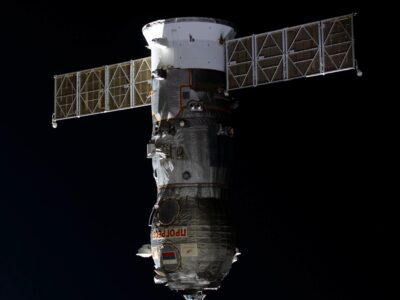
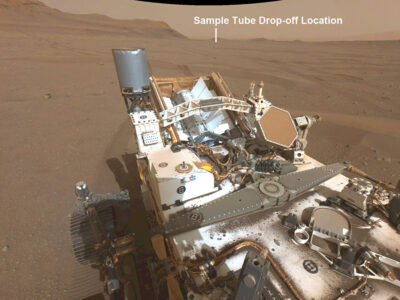
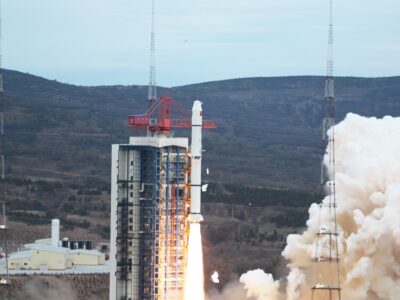




The China new radar is so cool!